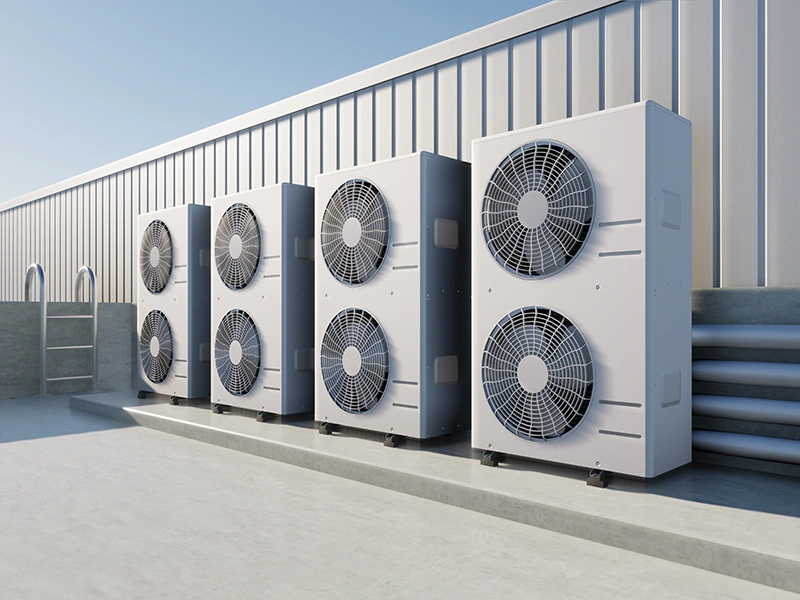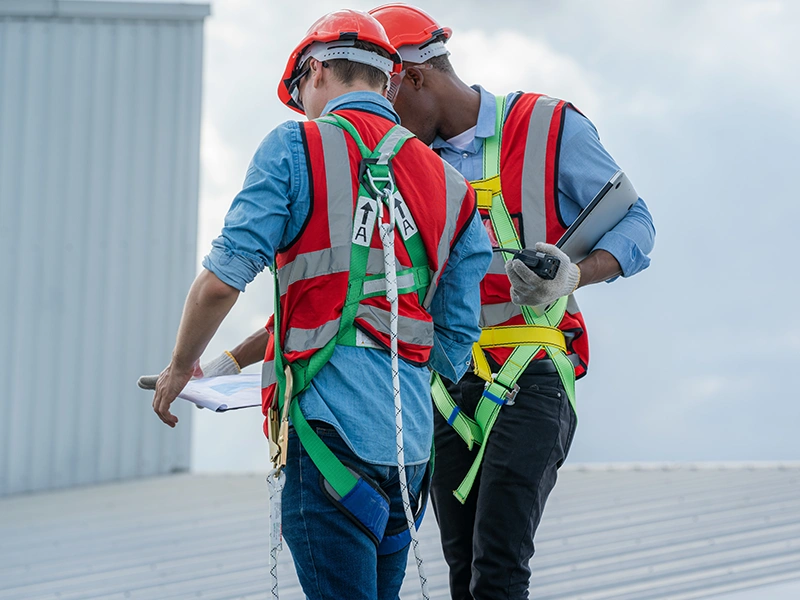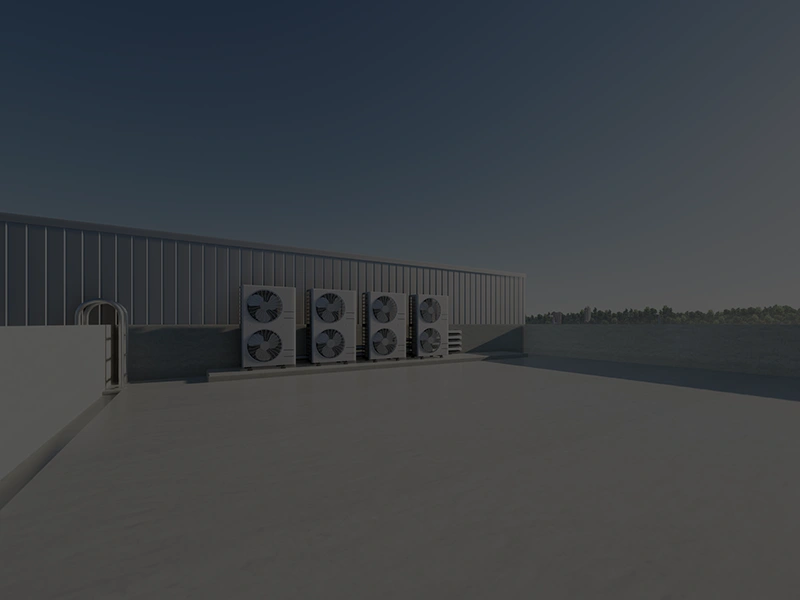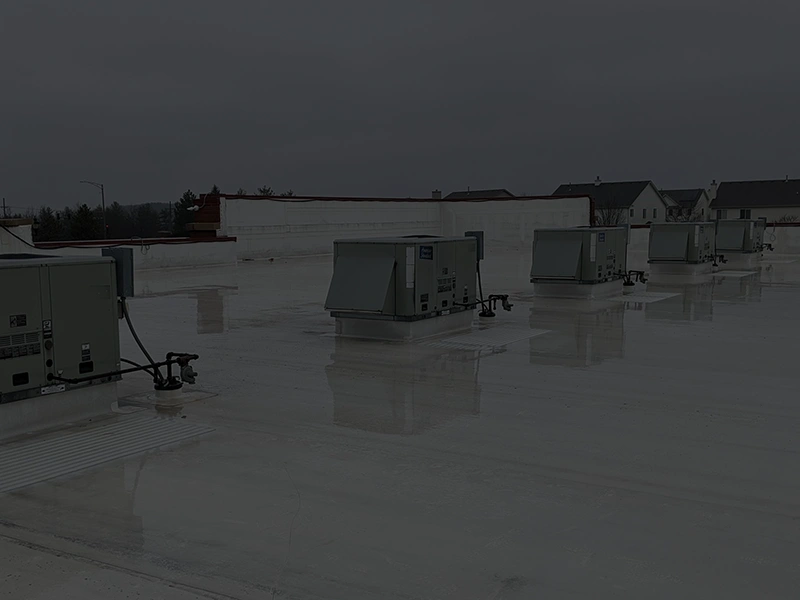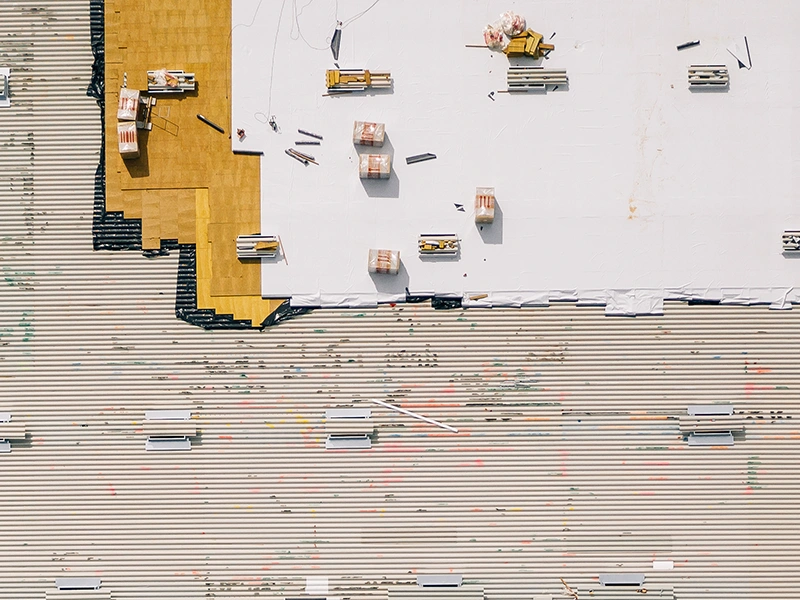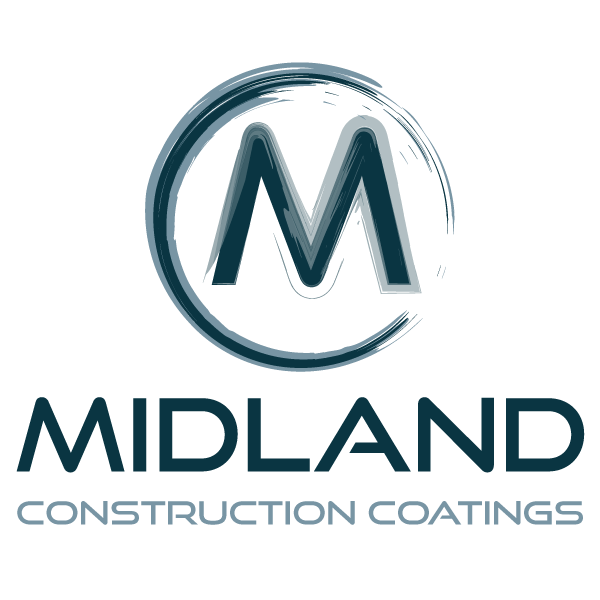What types of commercial roofing can be repaired with a coating
Commercial roof restoration can be a viable option for extending the lifespan of various types of roofing systems, each with its own set of characteristics and benefits. The suitability of roof restoration largely depends on the condition of the existing roof, the type of roofing material, and the specific restoration techniques available. Here are several common types of commercial roofing systems for which restoration can be considered:
1. Built-Up Roofing (BUR) Systems
- Characteristics: BUR systems, also known as tar and gravel roofs, consist of multiple layers of bitumen and reinforcing fabrics that create a finished membrane.
- Restoration Suitability: These roofs can often be restored with the application of coatings or additional bitumen layers, provided the underlying structure is in good condition.
2. Single-Ply Membranes
- Characteristics: This category includes TPO (Thermoplastic Polyolefin), PVC (Polyvinyl Chloride), and EPDM (Ethylene Propylene Diene Monomer) membranes, known for their flexibility and lightweight properties.
- Restoration Suitability: Single-ply membranes can be restored with specialized coatings designed to adhere to the specific material, addressing issues like leaks, cracks, and UV damage.
3. Metal Roofing
- Characteristics: Metal roofs are durable, long-lasting, and available in various types like steel, aluminum, and copper.
- Restoration Suitability: Restoration of metal roofs often involves rust removal, repair of damaged panels, and application of protective coatings to prevent leaks and corrosion.
4. Modified Bitumen Roofing
- Characteristics: Similar to BUR, modified bitumen roofing involves layers of asphalt reinforced with fiberglass or polyester, offering enhanced flexibility and durability.
- Restoration Suitability: These roofs can be restored with coatings that improve their waterproofing and UV resistance, as long as they’re structurally sound.
5. Foam Roofing (Spray Polyurethane Foam or SPF)
- Characteristics: SPF roofing is applied as a liquid that expands into foam, creating a solid layer over an existing roof structure. It provides excellent insulation and waterproofing.
- Restoration Suitability: SPF roofs can be restored by cleaning and recoating the foam surface to renew its protective layer and address any wear or damage.
Key Considerations for Restoration
- Roof Condition: The existing roof must be structurally sound, with no extensive water damage, decay, or large areas of saturation within the insulation.
- Age: Roofs nearing the end of their expected lifespan may not be ideal candidates for restoration.
- Maintenance History: Well-maintained roofs are better candidates for restoration, as neglect can lead to issues that only a replacement can address.
- Economic and Environmental Benefits: Restoration is often more cost-effective and environmentally friendly than replacement, reducing waste and energy costs.
Commercial roof restoration can be suitable for a wide range of roofing systems, offering a cost-effective way to extend their service life. The key to a successful restoration lies in a thorough assessment of the roof’s condition, careful selection of materials and methods, and professional execution. Property owners should consult with experienced roofing professionals to determine the best approach for their specific roof type and condition.
Ready to fortify your commercial roof and protect your business investment? Contact us today for a FREE consultation and quote. Your reliable roof is just a message away!
#CommercialRoofing #RoofCoatings #EnergyEfficiency #ProtectYourInvestment #BusinessSolutions

